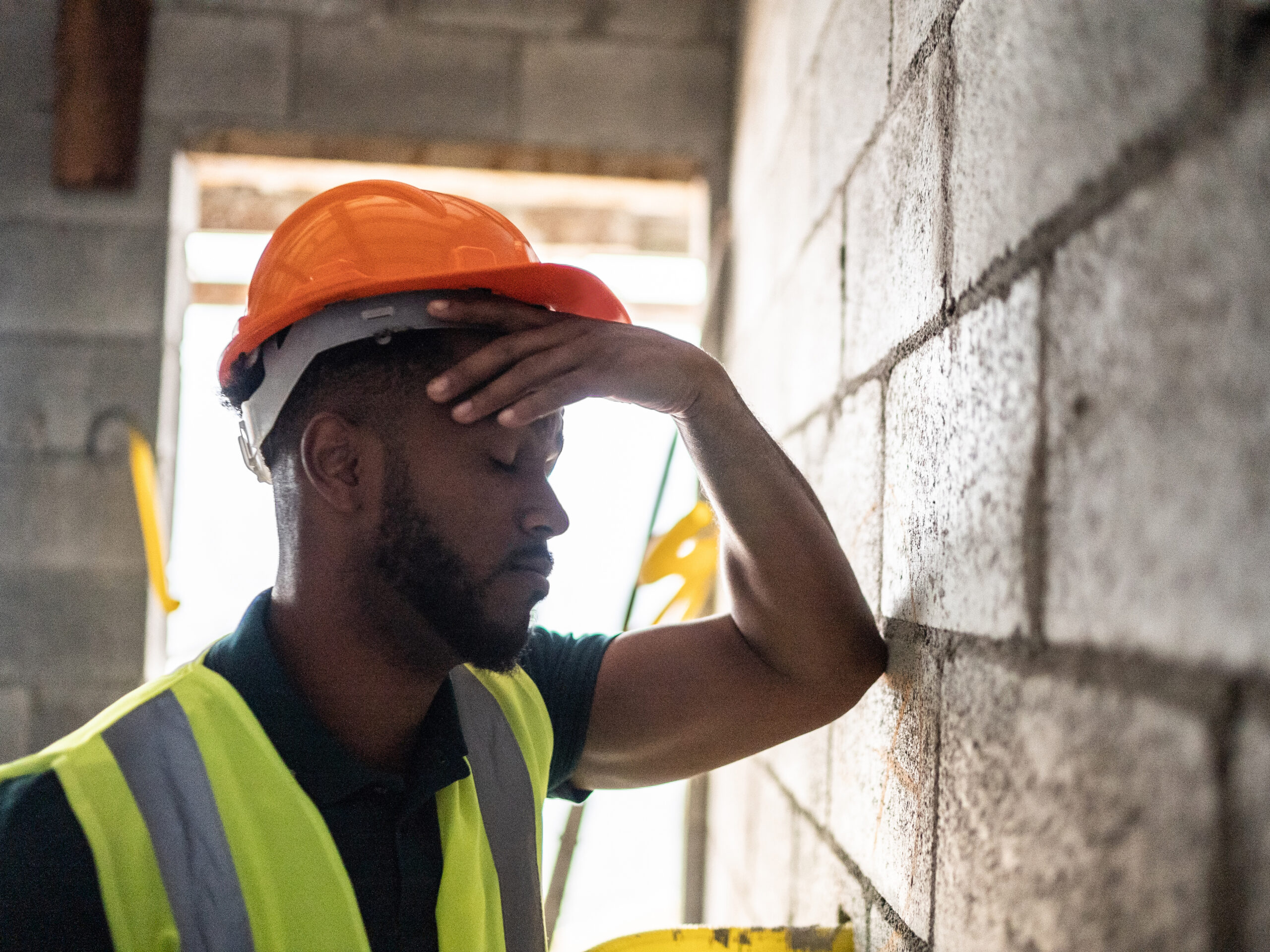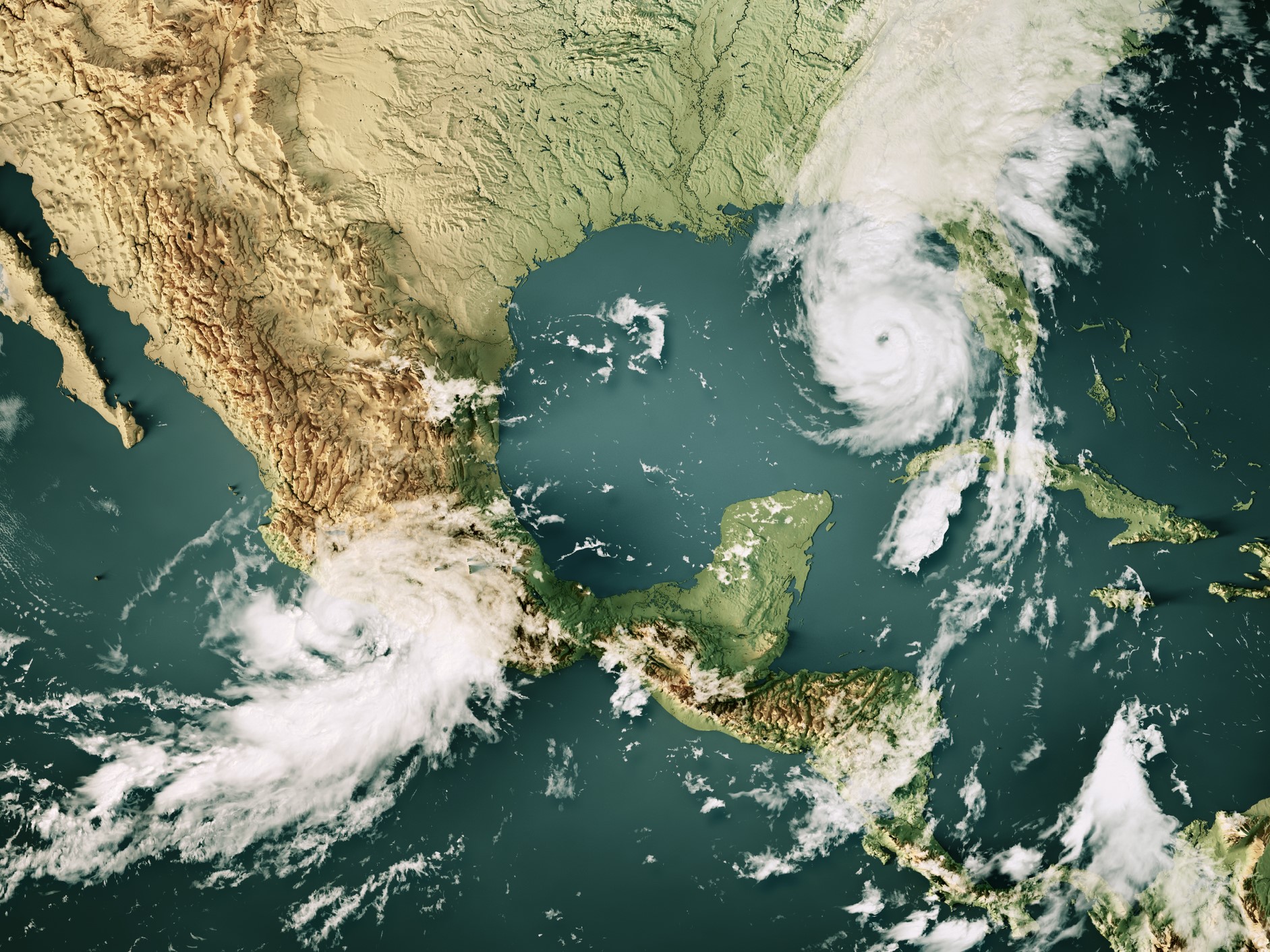What a Risk Manager’s Barber Might Be Able to Teach University Risk Managers
Tracie is one of the most talented workers I know. She deals with an array of exposures involved in her job. She satisfies an assortment of people who make conflicting demands. She has struggled to keep her small business alive during the pandemic.
Tracie is the person who cuts my hair.
I don’t know whether she should be called a barber, hair cutter or something else. I will skip that. Suffice it to say, she is a risk manager.
The challenge of COVID-19 tested her to the limits. Running a successful neighborhood barbershop, people randomly arrived throughout the day. Sometimes they got immediate service. Sometimes they lined up for service or left and went elsewhere. Sometimes she waited hours for a customer to show up.
Her business model was changed by COVID-19. No waiting around now. To enforce social distancing, she installed an electronic appointment service. Customers reserved times.
They, and she, wore masks. Business returned to the prior level in the midst of a pandemic.
The similarity between hairstyling and college teaching is striking.
Before the viral outbreak, college professors showed up for class. They performed their academic duty. Sometimes students listened. Sometimes they texted. Sometimes they just sat in class.
We have known about weaknesses in the system for years. Take, for example, the class that meets for 50 minutes three times a week for 15 weeks.
The goal is 2,250 minutes (50 x 3 x 15) of seat time for a 3-credit college course. The schedule has nothing to do with learning.
Let’s start five minutes late until all students are seated. Then, the instructor calls out names as part of ensuring attendance. Students begin closing their notebooks five minutes early. Add on absences, student texting and the personal anonymity of large lecture halls. The system is inefficient from so many perspectives.
COVID-19 forced change. Professors are finding new and better ways to deliver content, evaluate success of learning, and respond to changing needs and demands of students and their families.
Now, we see a vaccine “light” at the end of the tunnel. This is a time to rethink the academic business model in an enterprise risk management (ERM) framework.
ERM advocates managing risk and opportunity as opposite sides of the same coin. We take chances that create a downside exposure so we can reap benefits on the upside.
Risk and opportunity in higher education occur in four components:
- Value of the Education. Do our programs and formats match various needs of younger full-time and part-time students or older students returning after a gap in their studies?
- The Finances. Who and how many students, parents, employers, and other financial providers value our offerings enough to pay for them?
- The Student. Do we have the academic programs, campus and auxiliary services, educational technology, and general policies that facilitate the college experience?
- The Professor. Do our activities deal with realities in the current struggling environment for instructors? The risk lies in obsolescence. The opportunity is to use time and technology to produce a vibrant new environment for learning.
A few weeks ago, I explained these things to Tracie. She seemed to agree:
- Knowledge is still important, even as some observers question the value of a college education.
- Whether in person or with Zoom, professors can guide discussion where students can share, test, accept, or discard ideas and courses of action.
We have a name for this process. It’s called learning.
In her environment, Tracie adjusted. Now, our colleges and universities have the opportunity to do the same.
This, too, would be learning. It can also be called hope. &










